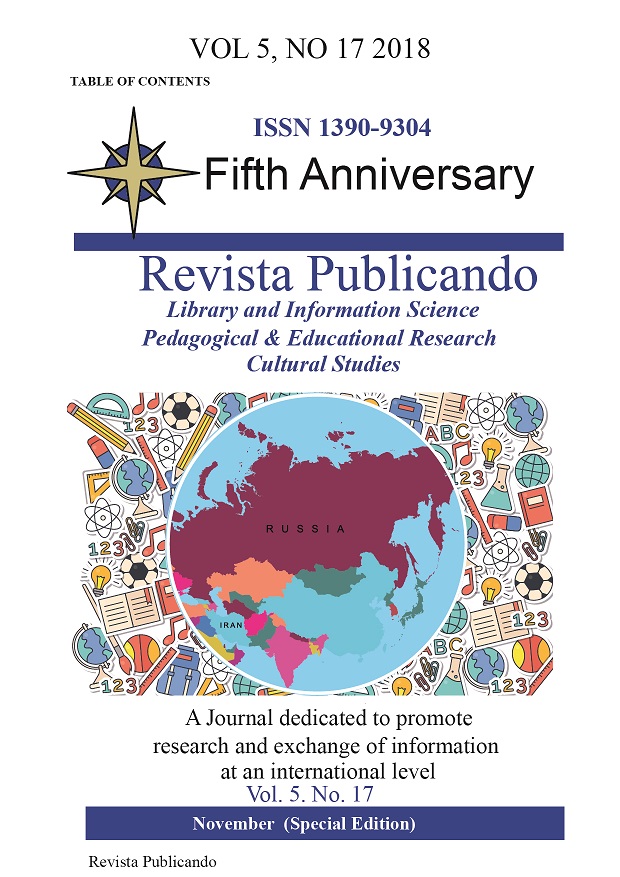Resumen
Background and aim: The high level of expressed emotion is a part of the family's negative attitude toward the patient. This study is conducted with the aim of determining the relationship of expressed emption with mental health in the families of bipolar patients. Methods: This study is a clinical trial with random sampling. 40 people were selected based on the inclusion criteria, out of which 20 were randomly assigned to the intervention group and 20 to the control group. Family training sessions were conducted in 10 sessions each week for 2 hours. In this study, the level of expressed emotion questionnaire created by Cole and Kazarian was used. The SPSS ver.24 software was used to analyze the data. Findings: In this study, the mean age of subjects obtained as 39.05 years with a standard deviation of 5.62 years. The mean age of the disease was 2.37 with a standard deviation of 0.92. Before performing statistical analysis, the natural distribution of expressed emotion score was evaluated (p = 0.001). Based on the findings, there was no significant difference in the control group between the mean scores of expressed emotions before and after the intervention (P=0.84), but there was a significant difference between the two groups in the intervention group (0.000), which indicated the impact of education in the target group. The analysis of covariance was used to investigate the difference between the sub-scales of expressed emotion. Based on the results of this analysis, we found that there is a significant difference between post educational intervention and before training.Conclusion: Psychological training is effective in reducing the level of expressed emotions in families of bipolar patients.
Referencias
Vancampfort, D., et al., Risk of metabolic syndrome and its components in people with schizophrenia and related psychotic disorders, bipolar disorder and major depressive disorder: a systematic review and meta”analysis. World Psychiatry, 2015. 14(3): p. 339-347.
Kim, T., et al., Applying machine-learning techniques for treatment selection in bipolar disorder for patients deciding between lithium or quetiapine. 2017.
Sazvar, S.A., et al., Impact of acceptance and commitment-based psychoeducation on the adjustment of expressed emotion in families of patients with bipolar disorder. Feyz Journal of Kashan University of Medical Sciences, 2017. 21(3): p. 265-271.
Wuerker, A.M., Relational control patterns and expressed emotion in families of persons with schizophrenia and bipolar disorder. Family process, 1994. 33(4): p. 389-407.
Butzlaff, R.L. and J.M. Hooley, Expressed emotion and psychiatric relapse: a meta-analysis. Archives of general psychiatry, 1998. 55(6): p. 547-552.
Amaresha, A.C. and G. Venkatasubramanian, Expressed emotion in schizophrenia: an overview. Indian journal of psychological medicine, 2012. 34(1): p. 12.
Hooley, J.M. and J.B. Hiller, Personality and expressed emotion. Journal of abnormal psychology, 2000. 109(1): p. 40.
Ozkiris, A., et al., The relationship between insight and the level of expressed emotion in patients with obsessive–compulsive disorder. Nordic journal of psychiatry, 2015. 69(3): p. 204-209.
Shakeri, J., et al., Effects of omega-3 supplement in the treatment of patients with bipolar I disorder. International journal of preventive medicine, 2016. 7.
Dilsaver, S.C., An estimate of the minimum economic burden of bipolar I and II disorders in the United States: 2009. Journal of affective disorders, 2011. 129(1-3): p. 79-83.
Reinares, M., et al., The role of family interventions in bipolar disorder: A systematic review. Clinical psychology review, 2016. 43: p. 47-57.
Dehghani, S., Expressed Emotion and Sexuality. J Fundam Ment Health, 2003. 6(19-20): p. 84-91.
Sepúlveda, A.R., et al., The Spanish validation of level of expressed emotion scale for relatives of people with eating disorders. The Spanish journal of psychology, 2012. 15(2): p. 825-839.
Honig, A., et al., Psycho-education in bipolar disorder: effect on expressed emotion. Psychiatry research, 1997. 72(1): p. 17-22.
Mottaghipour, Y., et al., Expressed emotion and the course of schizophrenia in Iran. Social Psychiatry and Psychiatric Epidemiology, 2001. 36(4): p. 195-199.
González-Blanch, C., et al., Effects of family psychoeducation on expressed emotion and burden of care in first-episode psychosis: a prospective observational study. The Spanish journal of psychology, 2010. 13(1): p. 389-395.
Eisner, L.R. and S.L. Johnson, An acceptance-based psychoeducation intervention to reduce expressed emotion in relatives of bipolar patients. Behavior therapy, 2008. 39(4): p. 375-385.
Usted es libre de:
Compartir — copiar y redistribuir el material en cualquier medio o formato
Adaptar — remezclar, transformar y construir a partir del material
La licenciante no puede revocar estas libertades en tanto usted siga los términos de la licencia
Bajo los siguientes términos:
Atribución — Usted debe dar crédito de manera adecuada, brindar un enlace a la licencia, e indicar si se han realizado cambios. Puede hacerlo en cualquier forma razonable, pero no de forma tal que sugiera que usted o su uso tienen el apoyo de la licenciante.
NoComercial — Usted no puede hacer uso del material con propósitos comerciales.
CompartirIgual — Si remezcla, transforma o crea a partir del material, debe distribuir su contribución bajo la lamisma licencia del original.
